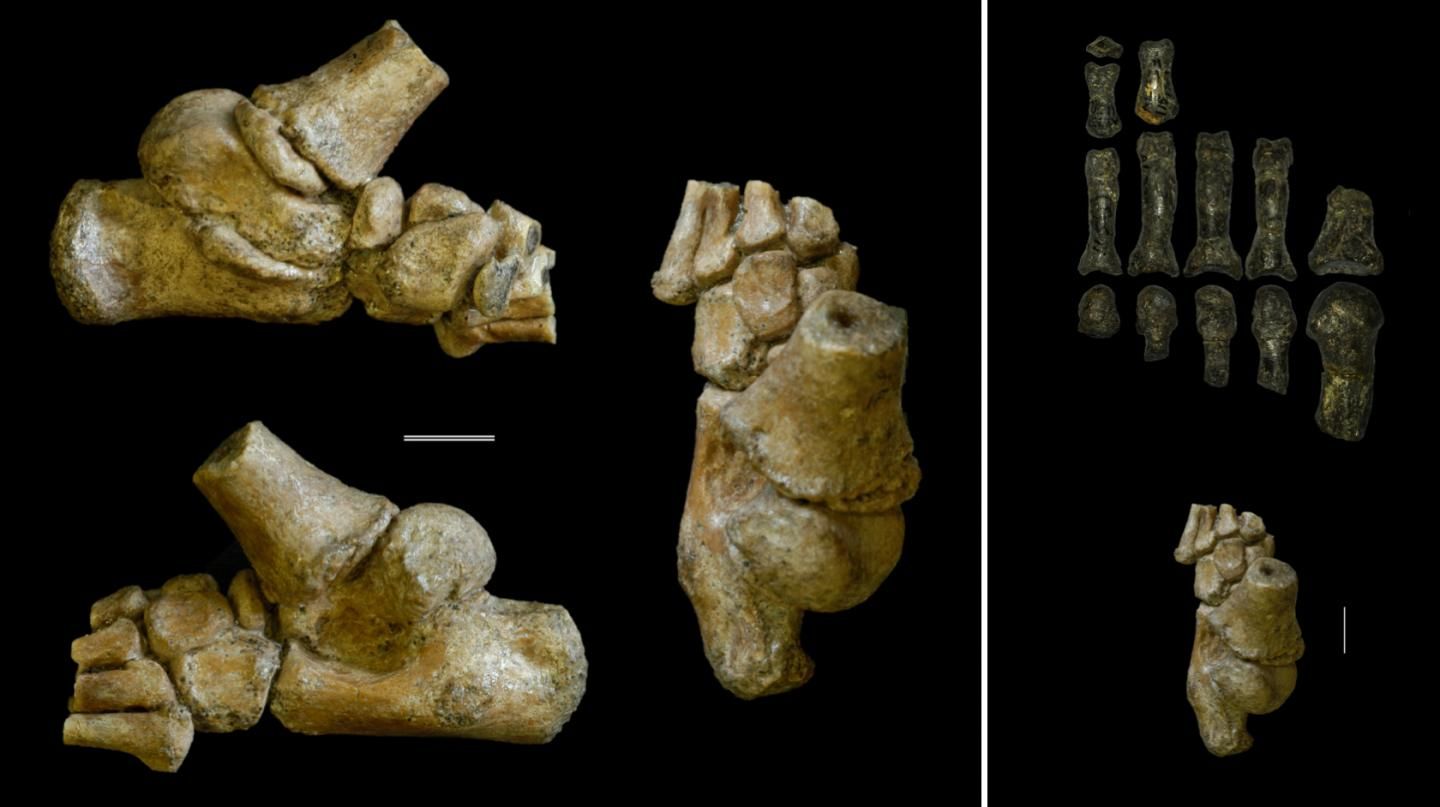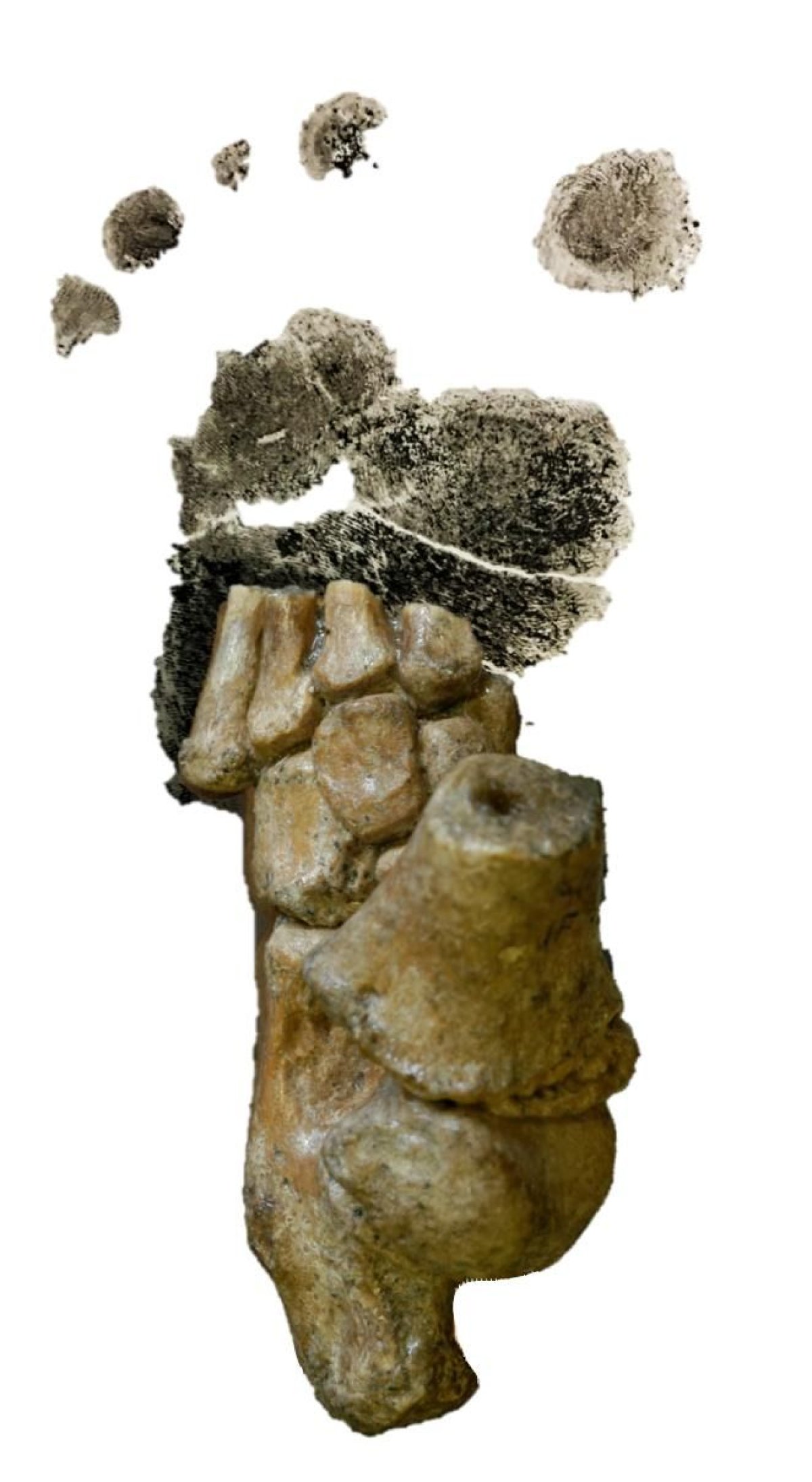
Our ancient ancestors had to deal with tree-climbing toddlers, new research has revealed. The three million year old foot of an ancient child nicknamed "Selam" suggests she was built for scaling trunks as well as walking on two feet. What's more, the toddler found in Dikika, Ethiopia, was probably better at climbing than her parents.
The most complete foot of an ancient child discovered yet, this tiny clutch of bones no larger than a human thumb has shed light on the mysterious lives of our ancestors. Selam used her adaptable feet to scamper up into the trees when under threat, researchers suggested in a study published in the journal Science Advances.
"If you were living in Africa three million years ago without fire, without structures, and without any means of defense, you'd better be able get up in a tree when the sun goes down," study author and Dartmouth College anthropologist Jeremy DeSilva said in a statement.
Selam is a member of the Australopithecus afarensis species—an extinct hominin thought to be an ancestor of our own genus, Homo, or possibly a close ancestral relative. This is the same species as the famous Lucy skeleton found in Ethiopia in 1974. A. afarensis like Selam and Lucy lived "on the cusp of being human," University of Chicago researcher and study author Zeresenay Alemseged said in the statement. He unearthed Selam's foot back in 2002.
The base of Selam's big toe offered the biggest clue to the child's climbing prowess. As well as scaling trees, the ancient toddler's feet suggest she used to cling to her mother. However, the fossil record suggests ancient adults spent more time on the ground.
"[Children] were smaller, probably more playful, and also had to scurry up into the trees to get away from predators more frequently than the adults did," DeSilva told Gizmodo. "We think that this helps explain the differences we see between the bones of the Dikika toddler and the more human-like bones of the adults."

Scientists think A. afarensis were relatively confident walking on two feet, but they weren't as good as extinct humans like Homo erectus. "Walking on two legs is a hallmark of being human. But, walking poorly in a landscape full of predators is a recipe for extinction," DeSilva said in the statement.
Although skeletons like Selam and Lucy are incredibly important for anthropologists, they also show just how little scientists know about our ancestors. The pair lived upwards of 120,000 years apart.
"Fossils are rare, and these timescales are so vast, we are likely missing a lot that was happening at that time! But, you work with what you have, and make adjustments as new fossils are inevitably discovered," DeSilva told Gizmodo.
Uncommon Knowledge
Newsweek is committed to challenging conventional wisdom and finding connections in the search for common ground.
Newsweek is committed to challenging conventional wisdom and finding connections in the search for common ground.
About the writer
Katherine Hignett is a reporter based in London. She currently covers current affairs, health and science. Prior to joining Newsweek ... Read more
To read how Newsweek uses AI as a newsroom tool, Click here.






